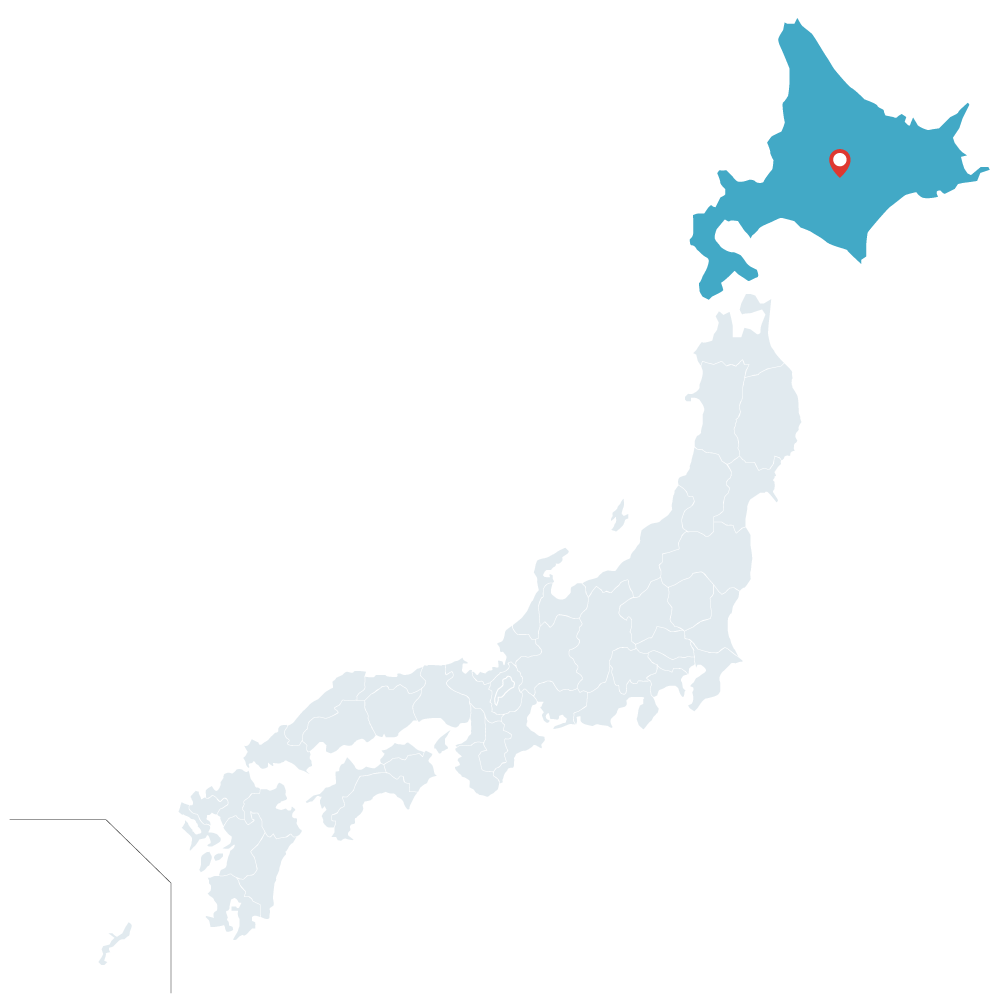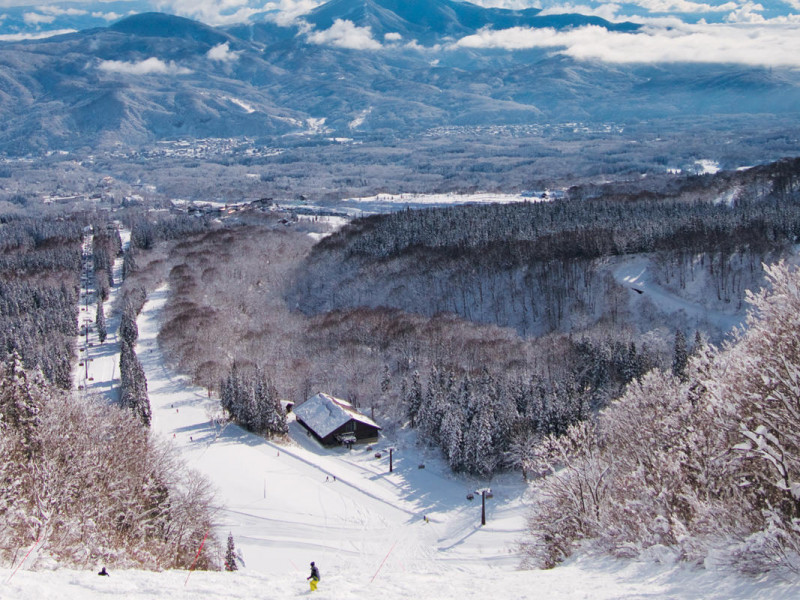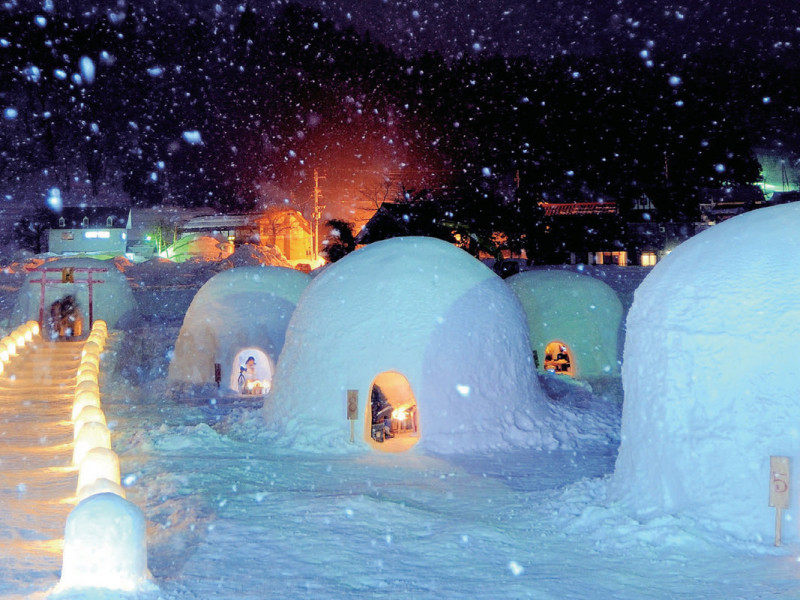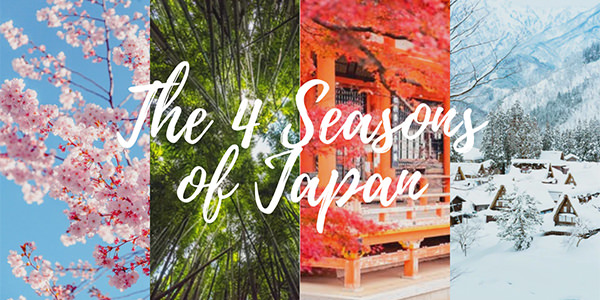The beautiful heart of frontier Japan
Quintessentially still a country town, Furano has Eden-like qualities that have long attracted nature-lovers, artists, photographers and film crews.
Its seasons are similar to Northern Europe, with heavy snows blanketing the landscape in winter, and mild, bright summer weather that offers welcome respite from the intense heat and humidity of the Japanese islands to the south of Hokkaido.
Glaciers lie within the 2,000-metre peaks of the Daisetsuzan range on the Furano horizon, and the town receives an average of around seven metres of snow during winter. Sub-zero temperatures are the norm in Furano for most of January and February, and protected inland from wild blizzards around the Hokkaido coast, it enjoys some spectacular blue skies in between the powder dumps. Furano’s sub-arctic cherry blossom season arrives in late April, and once brilliant lavender fields begin to flower from late June to early July, temperatures peak in the mid-twenties.
It was here in this beautiful setting that Sumio Goto, one of Japan’s most eminent painters, settled down in a small studio in 1987. A modern torchbearer of ‘Nihonga’, or Japanese painting, Goto’s work features natural mineral pigments such as gold and platinum.
He has used them to depict some of Japan’s most scenic natural landscapes, shrines and temples with refined beauty, and has been recognised with the prestigious Japan Art Academy Award and Imperial Prize of the Japan Academy.
Today, Goto’s studio site in Furano is home to the Goto Sumio Museum of Art, exhibiting around 130 pieces of his life’s work; they range in size from three metres, up to an enormous 14 metres. Furano Grill, the museum’s restaurant, does a specialty menu of meals and sweets using local produce, and enjoys views of the nearby peaks.
Summer is the time of year when delicious fresh produce is in abundance around Furano; the area is home to a winery and cheese factory, which supply seasonal fine food and wine displays at department stores around Japan.
After the shimmering red and gold leaves of autumn have fallen, snow returns to Furano for the long winter season from November to May. The fresh powder, great food and welcoming country hospitality make it a quality snow holiday destination; Furano Ski Resort is where the action is, with an average of nine metres of fine, dry powder snow to be enjoyed over the season. Snow quality at the resort is among the best on Hokkaido, thanks to lower humidity and temperature levels than resorts near the coast.
The two Prince Hotels at Furano Ski Resort have ski-in, ski-out access to its network of 24 trails for all riders, and are the town’s premier accommodation facilities. Well-developed with a combination of tasteful guest rooms, restaurants, shops, and natural hot spring bathing facilities between them, they command superb views of the surrounding countryside.
Like the Prince Hotels, smaller family-run hotel and European-style lodge accommodation in Furano offers guests the opportunity to enjoy the region’s local produce and hot springs, and the town also has self-contained properties perfect for groups, ranging from luxury to budget.
Furano’s Silky Snow bus tour is a convenient way to explore some of its finest attractions off the slopes during winter, directly from major local hotels. A tasty, visually inspiring journey, it stops in at Furano Marche, the Goto Sumio Museum of Art, Farm Tomita and Furano Wine.
Furano’s winter activities also include authentic Japanese cultural performances and workshops, during the peak of the season from January to February. Music, theatre and dance performances are held in the Kitanomine Zone of Furano Ski Resort, and there is also a workshop program including calligraphy and tea ceremony.
For veteran skiers and snowboarders, Furano is also an ideal base for venturing further into Daisetsuzan National Park with a local guide, and exploring some of Japan’s best backcountry. Tokachidake and Asahidake are two legendary areas of the park for deep powder, and rustic alpine hot spring inns.
With enchanting highlights all year round that mix the wild and untamed with the warm and welcoming, Furano captures the essence of frontier Japan, and calls you back like an old friend.
How close is Furano to?
New Chitose Airport: 2 hrs 40 min (train)
Asahikawa Airport: 1 hr 10 min (bus)
Further Information
Tasting local wine and cheese in Furano
Sections of the farmland around Furano are filled with plump vineyard terraces during the warmer months, ready to supply another harvest for consignment to Furano Wine. This local winery produces the long-selling Furano Red and Furano White wines. Furano red is a smooth, easy drinking wine, characterised by a herbal aroma with overtones of fruit, which is also a defining feature of Furano White – a zesty wine punctuated by refreshing notes of lime.
Furano Wine can also be enjoyed as an ingredient in Furano Wine Cheddar, which is made by hand at the Furano Cheese Factory. One of the factory’s other novel cheeses is Sepia, a soft, creamy camembert with squid ink, and it also produces delicious ice-cream – which like its cheese, is made with the fresh local Furano milk. Visit Furano Wine and the Furano Cheese Factory at any time of year to indulge in some of the best of the region’s farm produce, and see what goes into making it.






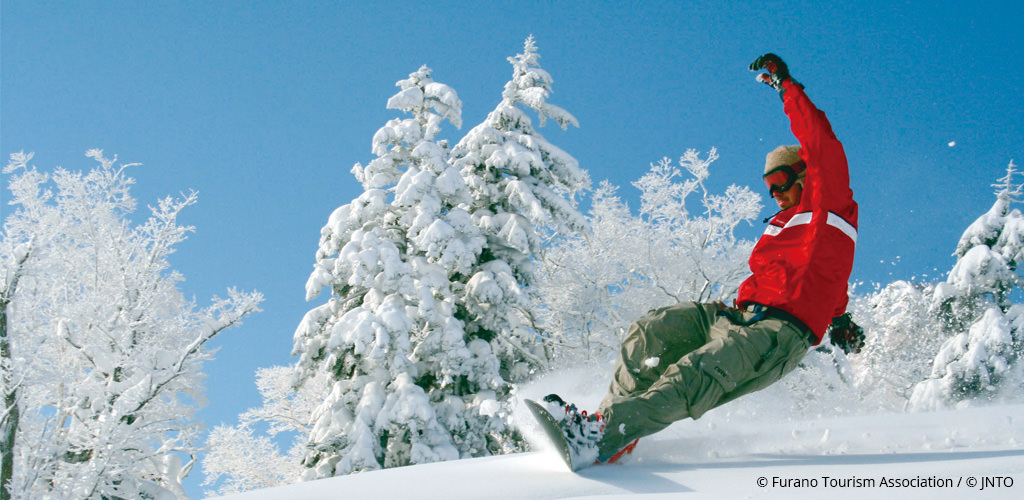





 | Temperature: 23
| Temperature: 23